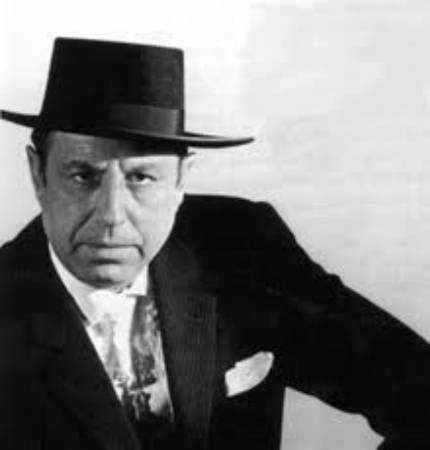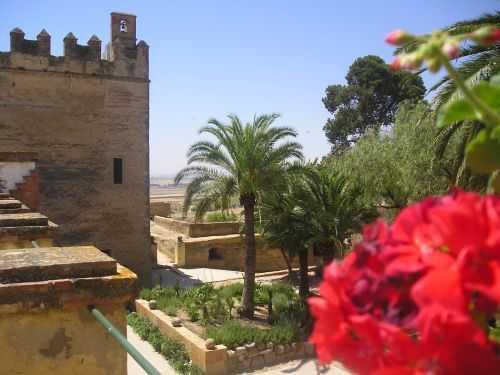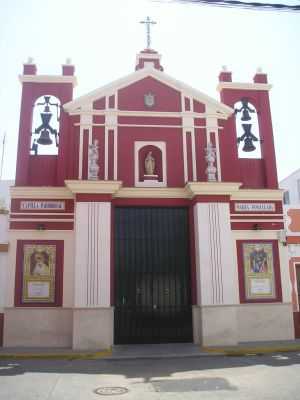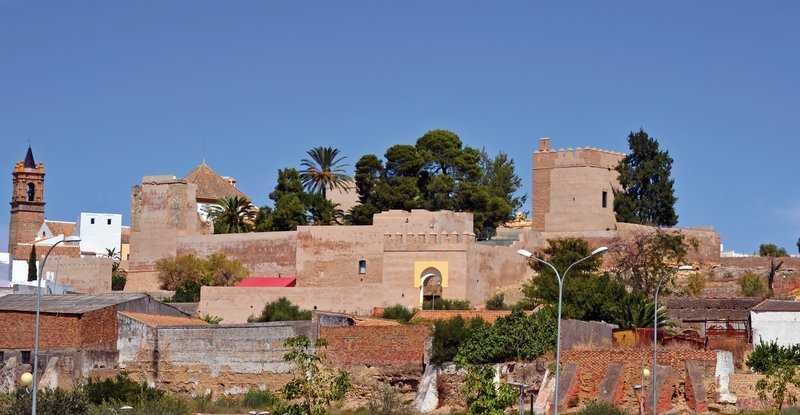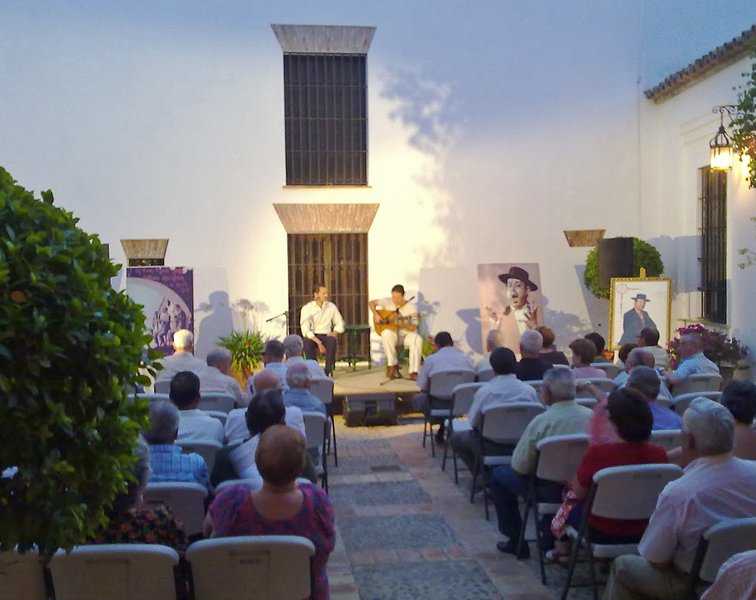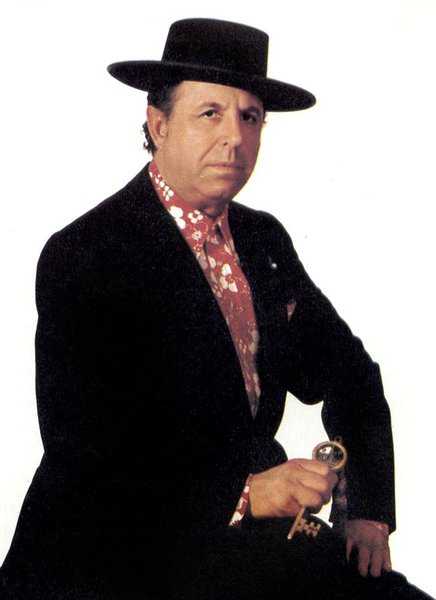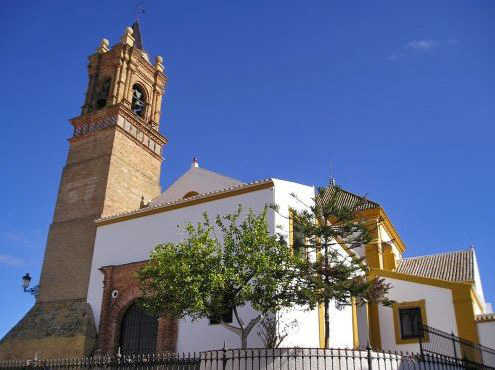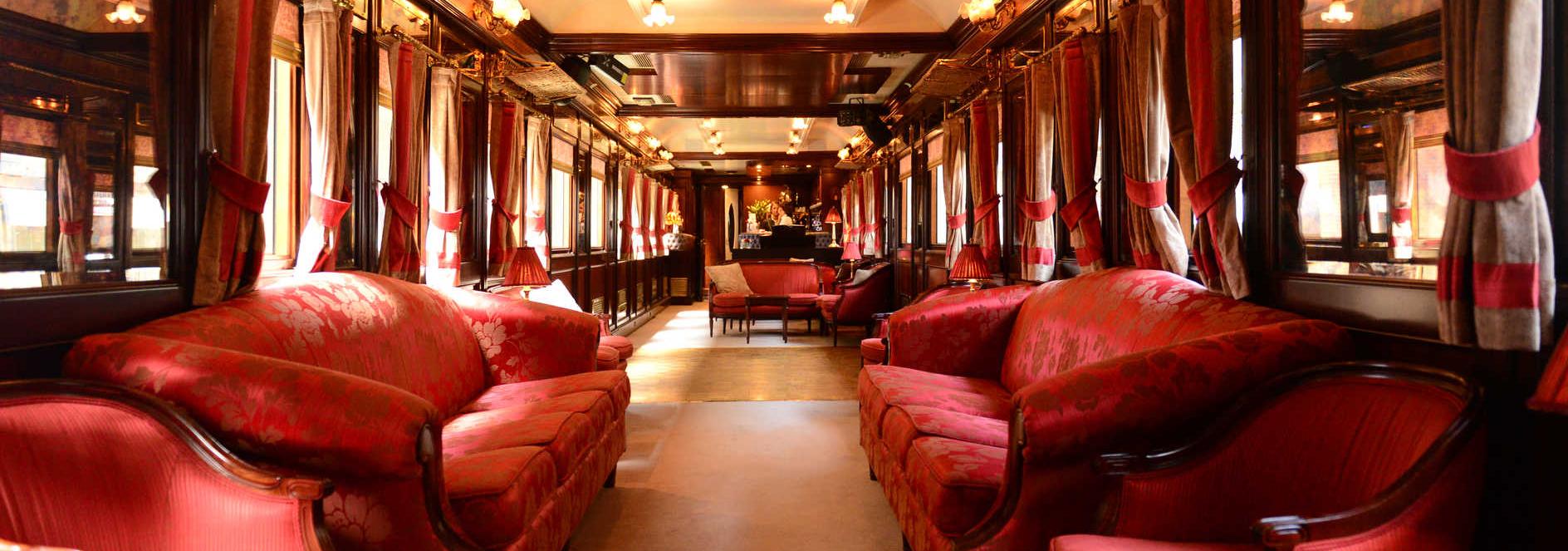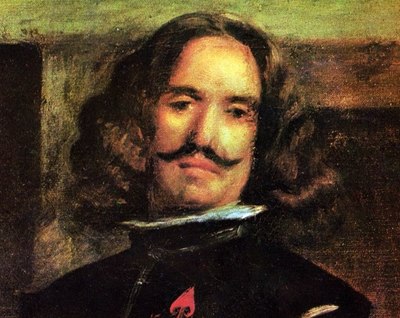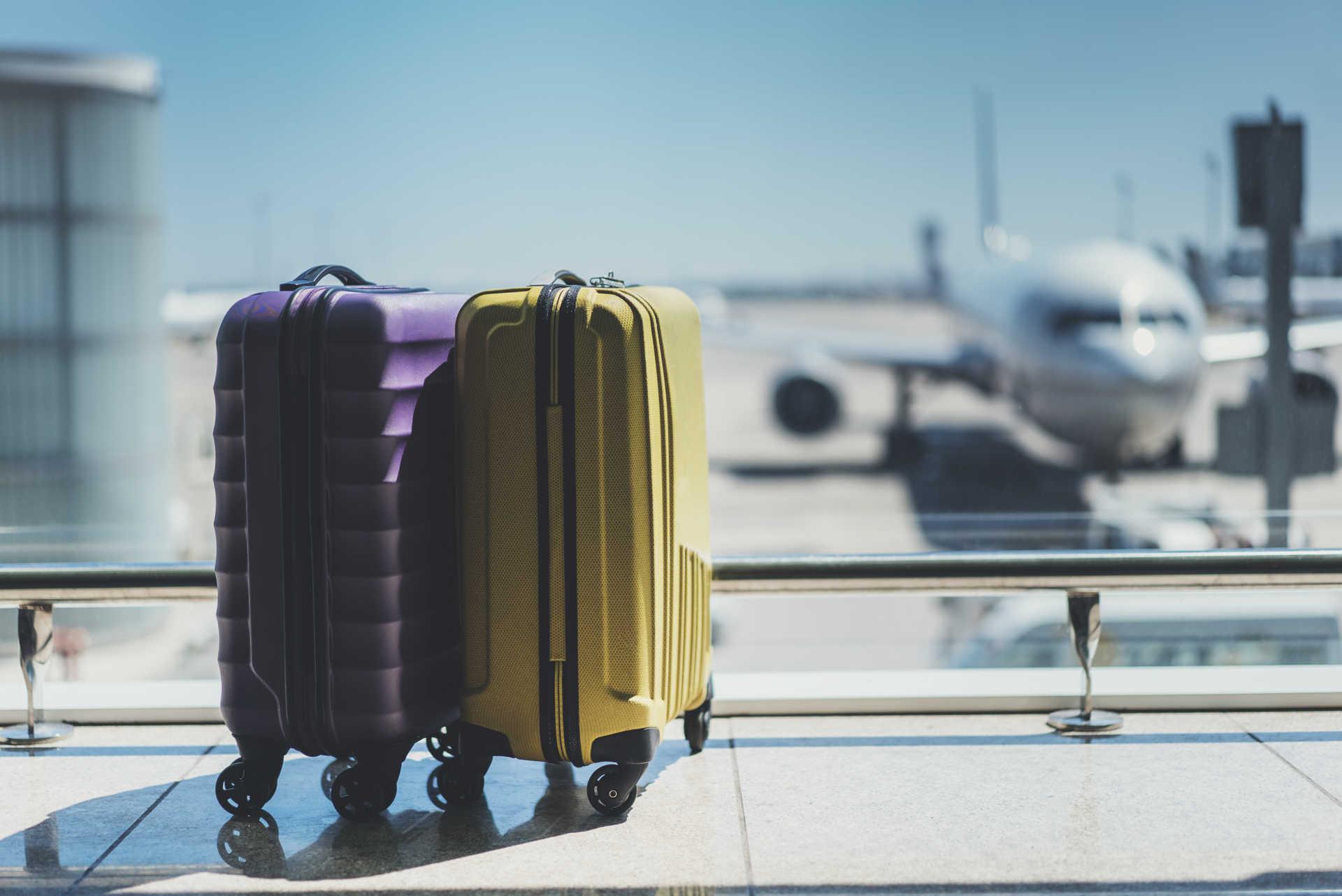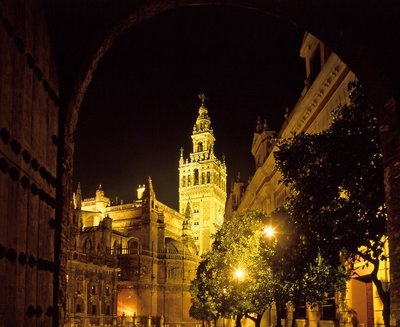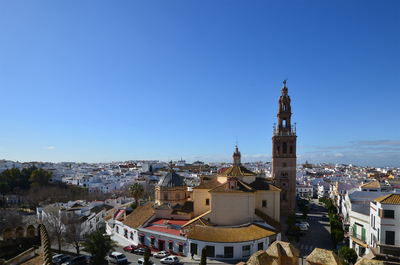Antonio Mairena: Flamenco walk through Mairena del Alcor
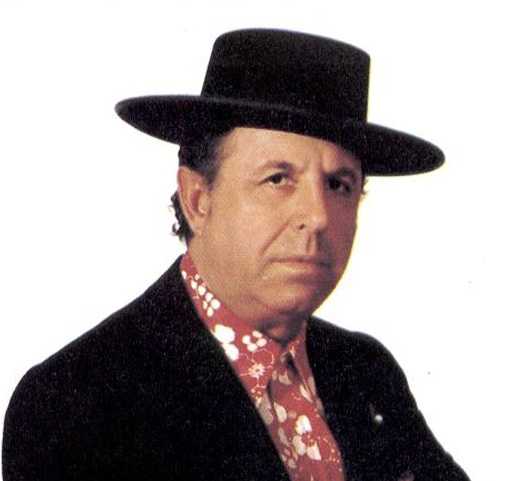
One of the most influential figures of flamenco in the 20th century
Antonio Mairena (Mairena del Alcor, 1909–Seville, 1983)
A reference point for flamenco
Flamenco singer. Antonio Cruz García was born in the Seville town of Mairena del Alcor, from which he took his stage name, on 7 September 1909. Son of Rafael Cruz Vargas and Aurora García Heredia, Antonio Mairena grew up in a humble gypsy family that loved the art of flamenco. Hismother transmitted the meaning of dance to him, of ritual movement used, only, in the privacy of family get-togethers; while his fatheraccustomed his ears to the deep quejío (essence of flamenco),the singing style called "la fragua", as does El Niño de Rafael, who was an acquaintance of Antonio Mairena during his adolescence.
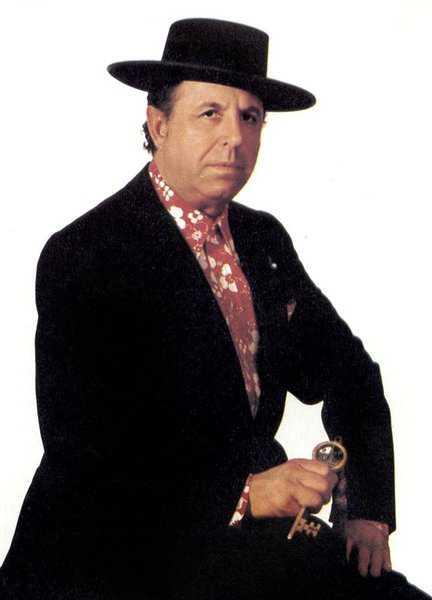
The 1960s and 1970s were when Antonio Mairena became established. In thisperiod, he stopped singing party songs and began a process of artisticacclaim, which culminated with his being presented the Golden Key forFlamenco Singing in 1962. Just one hundred years after this award wasgiven for the first time to Tomás "El Nitri”, the National Flamenco Competition in Cordoba decided to award Mairena, not without controversy, for the "purity of his songs”.
This acknowledgement was followed by several tributes, such as the oneprepared by the Flamenco Chair in Jerez which had already, in 1959,appointed him honorary president; and distinctions, includingparticularly the National Prize for Flamenco Singing in 1971. Meanwhile, the Antonio Mairena House of Flamenco was founded in his hometown and, from 1962, the festival named after him began.
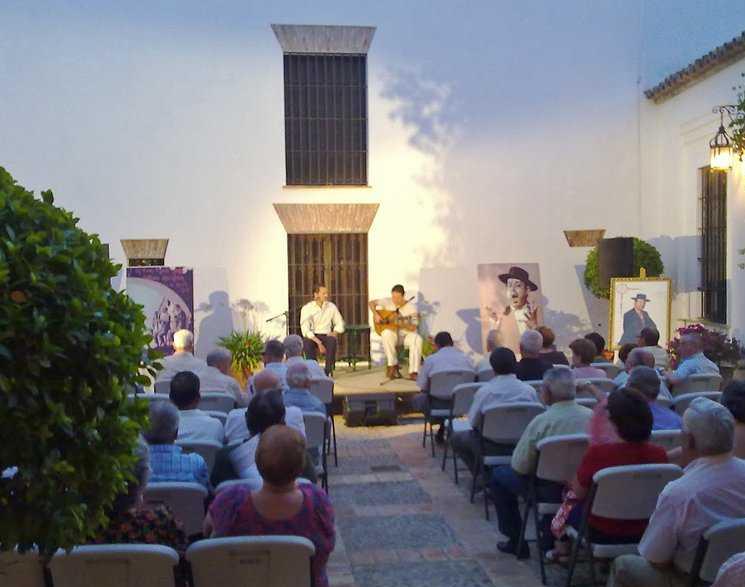
Flamenco route
The visit starts in the touristic Plaza de Antonio Mairena, watched over by the Town Hall and the "Alegoría a la Cultura" sculpture (reference toflamenco singing), a starting point for any of the streets in itshistoric quarter and very near the birthplace of the famous singer Antonio Mairena.
Without moving yet, you can visit the Antonio Mairena House of Flamenco, founded in 1968 and a cult place for lovers of this art. Explore thebeautiful historic quarter going down Calle Real, a captivating walkamongst flowers and beautiful façades, until you make out two of thejewels of its heritage, the Parish Church of Santa María de la Asunción and the Luna Castle, both from the 14th century. It leads to the spectacular Dukes of Arcos Palatial House, a Mudejar-style building from the 15th century.
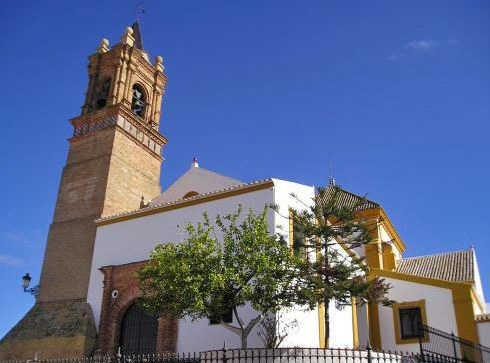
The route continues towards the central Calle Esclava, strolling alongtypical pedestrian streets from the Moorish period, until we come to the ruins of the old entrance in the walls of the town, The Arch, from the Mudejar period. Taking the Calle Ancha, we come across the entrance to the San José Cemetery, where the Antonio Mairena Mausoleum is found, an emblematic and genuine work of art dedicated to the memory of the flamenco singer and a tribute to Cante Jondo (style of flamencosinging).
To complete the day, we mustn't neglect to visit —even briefly— the old Mairena Fairground, the oldest in Andalusia, the Monument to Cante Grande Gitano (style of flamenco singing) and the Plazoleta de Cervantes, where we will conclude this route with the sculpture dedicated to the famous writer's stay in the town.
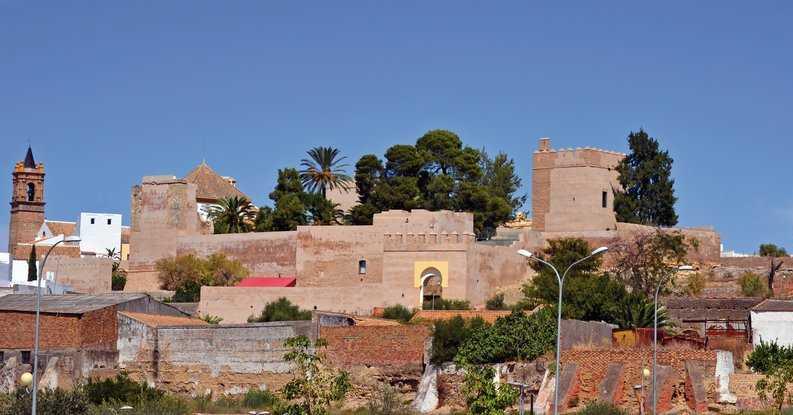
Los Alcores Rail Trail
The Los Alcores Rail Trail is a straight line or path through La Vega to the Los Alcores coast from the town of Alcalá de Guadaíra to Carmona, in the province of Seville, passing through Mairena del Alcor and El Viso del Alcor, all within the La Campiña region.
The Los Alcores rail trail route is an opportunity to enjoy magnificentviews of La Vega, of the banks of the Guadaira River, of the countryside around Los Alcores and of olive groves.
The route starts in Alcalá de Guadaíra, at the La Piñera estate and theMalnombre drinking trough-fountain, which has almost disappeared; next,we will pass by the old "El Adufe” pumping station inaugurated by theEnglish in 1883, which is completely deteriorated, and we will pass just a stone's throw from the Moorish mill called "Del Realaje"or "PiéAlegre”, references to which date back to the divisions of Fernando IIIin the mid-13th century.
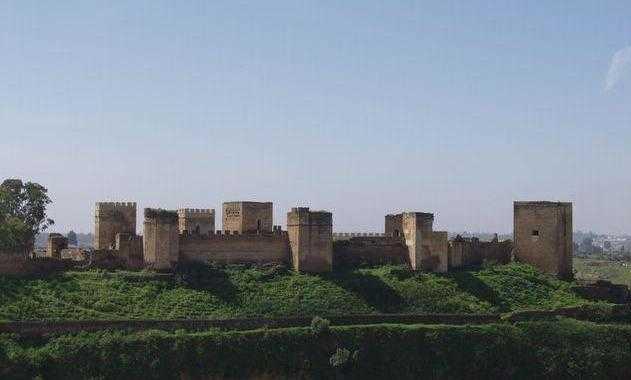
The hill crowned by "Castillo de Alcalá” is descended through a tunnel, the only one that crosses Los Acores,which takes us to the square and fountain called "El Perejil”. We willcontinue on along the esplanades where the old station and Convent ofSaint Francis used to stand. The Guadaíra River, always to our right, is marked out by numerous flour mills.
As it continues to the village of "Gandul”, we leave the "San Francisco de Paula” reform school to one side, a testimony to a time when importantbuildings in the regional style prospered in Alcalá. In the background,Marchenilla Castle. Closer by, the nine mills on the river of the samename, which are today abandoned, transformed or gone.
When we reach the station in the village of Gandul, in ruins, we can makeout the ruins of the inn where Washington Irving stayed, during hiswidely-known trip to Granada. Next to it, an old oil mill, in the samestate of repair.
Before leaving the town of Alcalá de Guadaíra, we cross one of the few palmgroves in Andalusia; a necropolis of dolmens; a Roman city in "La Mesa”all presided by the bastion of "El Toruño”, a watchtower that protected a Bronze Age town. Leaving behind the river bed called "Cañada Honda”, where a Roman fountain still remains, we cross into the municipality of Mairena del Alcor, and another section of the trail that ends in Carmona, no less important and in a comparable state of repair.

